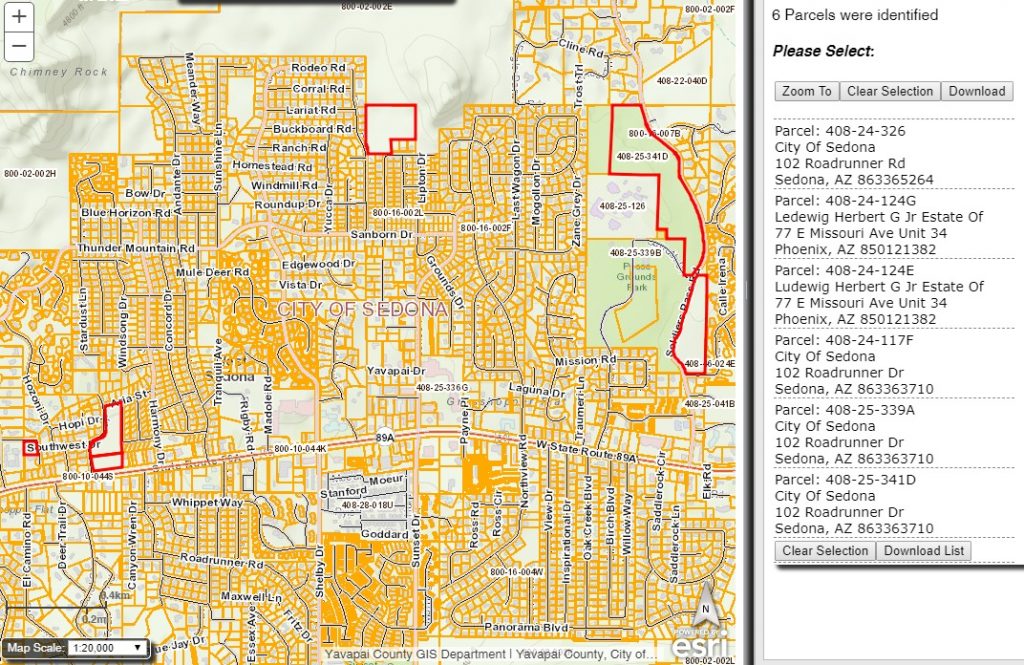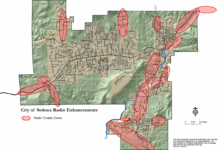In order to get a zone change for the Marriott Residence Inn, adjacent the current Courtyard by Marriott, developer Paul Welker will give the city nearly a million dollars in cash for the city’s affordable housing fund.
Of course, developers should provide community benefits to alleviate any problems their private property project may cause, but there’s a point when government demands border on extortion.
But Welker is being asked by council not just to alleviate issues that could be caused by his development, such as allowing access to an existing trailhead or the city’s sewer odor abatement station, but the city’s lack of affordable housing, which neither Welker nor Marriott caused. We commend Councilman John Currivan for pointing that out to the rest of council.
The Baney Corporation currently owns the former Biddle’s Outdoor Center property at Soldier Pass and State Route 89A. We can expect that when the developer of that property comes before the city for a proposed hotel, the city will also look to squeeze more money for improvements, citing the Marriott Residence Inn and CVS as precedent.
It’s only a matter of time until a developer of a private parcel in the city balks at council’s demands and moves the project elsewhere in the Verde Valley, depriving the city of tax revenue and jobs the project could bring.
For instance, Welker easily could have walked away from this project and built the Marriott Residence Inn in Cottonwood or the Village of Oak Creek and instead turned the commercial space he owned into an open-air bowling alley, go-cart park and floodlight testing facility, and he only needed the approval of the Sedona Planning and Zoning Commission — bypassing Sedona City Council entirely.
For years, consecutive councils have talked about affordable housing, but little has yet been accomplished, except for support for Habitat for Humanity. But we can’t rely on that one nonprofit to fix Sedona’s housing shortage one project at a time.
If the city is going to extort a business for nearly $1 million for the city’s affordable building fund, the first meeting after the check gets cashed better be dedicated to how to spend those funds on an actual affordable housing project.
So the question is not what’s going to happen to the money, but rather, where is the city going to build affordable housing and how soon can the project begin?
There are some parcels that would be ideal for affordable housing apartments. The city could offer a developer the Marriott’s money to offset construction costs, waive impact and sewer connection fees and give away the land as long as the developer permanently guarantees the future apartments will remain low-rent options for the city’s working class.

A 9.15-acre parcel, 408-25-339A, is located at 555 Soldier Pass Road, immediately east of Posse Grounds Park. Assuming an acre could contain 15 units of a two-story apartment complex, an affordable housing project there could hold 137 units. A three-story complex of 25 units per acre could contain 228 units.
Just north of that, the city owns a 25.06-acre parcel, 408-25-341D, at 950 Soldier Pass Road that wraps around West Sedona School. At 15 units per acre — and subtracting the existing dog park — it could hold 370 units; at 25 per acre, it could hold 616 units.
Both are within walking distance of West Sedona School and the park, and ideal for working families.
The city could also buy the 4.53-acre parcel at 408- 24-124G and 1.86-acre parcel 408-24-124E, both at 2820 W. State Route 89A and offer it to a developer to build permanent affordable housing. It could hold between 95 and 159 units, depending on height.
Adjacent to Sedona City Hall to the east, the city owns a 0.61-acre parcel, 408-24-326.
The city owns a 8.51-acre parcel, 408-24-117F, off Farmer Brothers Drive at the foot of sugarloaf. The parcel is currently zoned open space, so it may not be ideal.
Any construction company in Arizona would jump at the chance to build a project that was provided with money, government support, already-purchased land, a permanent revenue stream of rent and a community good all rolled into one.
If council is going to use the housing crisis to extort private property owners, it must actually do something about it. We look forward to seeing a big affordable housing project on a council agenda in 2019.
Christopher Fox Graham
Managing Editor



















